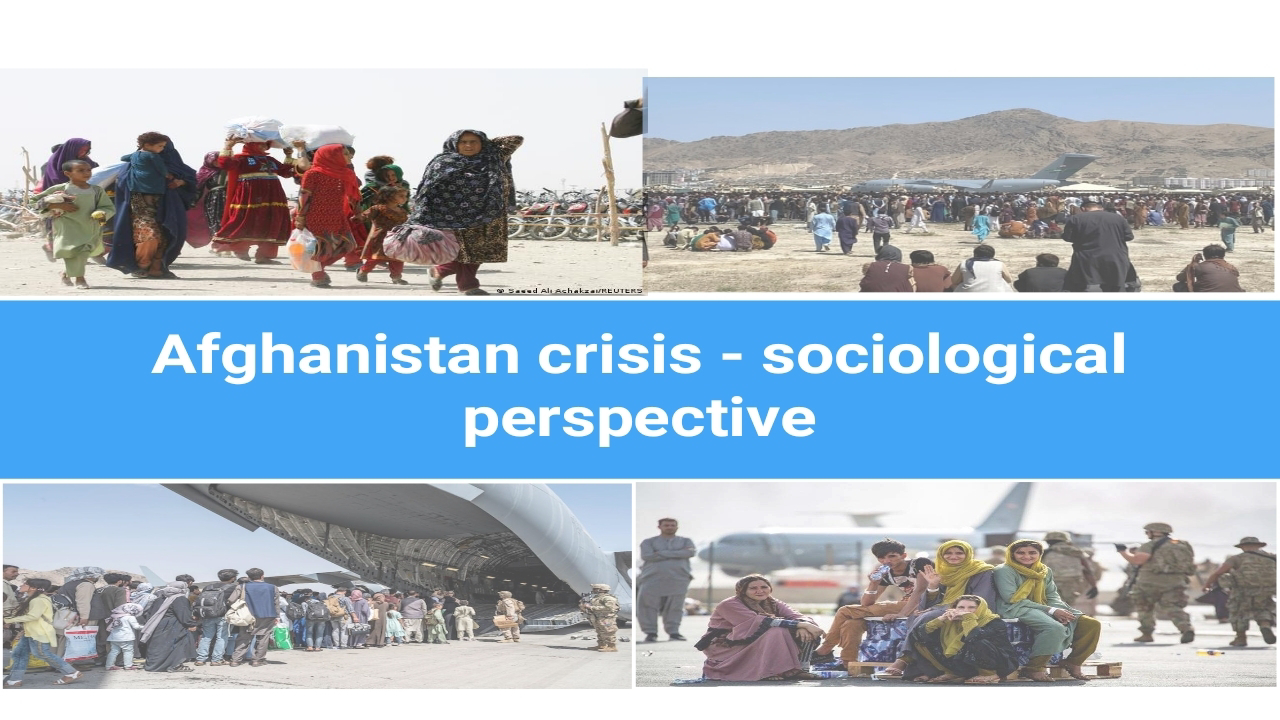What is sologamy or self marriage
Sologamy is the act of marrying oneself in a public ceremony, also referred to as self-marriage or autogamy.While such a marriage has no legal sanction or status, the symbolic ceremony is used by many as an act to emphasize their self-love and independence.
1.Increased freedom of marital choice - women also frame self-matrimony as a unique solution to the problem of women sacrificing their own needs in a relationship.
Emile durkheim says new forms of partnership emerged as result of expansion of the choice of the individual - Individualization
2.Greater involvement of females in decision making process - Female education
3.It Break stereotypes and it reduce social interaction significantly.
4.Legal lag - sologamy is not illegal in india or anywhere in the world.
5.Threat to society :- Sologamy, in itself, can look like a threat to society as far as taking the lineage of a family forward is concerned, because in collectivistic cultures, making families and forming bonds play an important role,”
5.Social disorganization - decrease in the influence of the exasting social rules of behaviour upon individual members .
7.Confluent love - according to gideens today relationship are based on compatibility, companiship - emotional support rather than traditional roles
8.Increasing in financial autonomy - women can afford to live on thier own, build thier careerz, but thier home and create their own lives
9.Sologamy stems from a growing trend toward singlehood especially in the western .
Sociologists point out that Sologamy has appeared at a time, when, in the West, the percentage of unmarried or divorced/separated people has been rising. As one would expect, the typical clients are urban, affluent and educated women. Interestingly, the group includes even women who are already married.
Criticism.
1.Social stigma - people have not yet to accept this form of relationship Ex- india
2.Hurt sentiments of many communities ( many Hindu leaders oppose ksham bindu self marriage in temple )
3.Disrespect of social bonds and relationships
4.increasing sologamy divorce - Brazilian model announced she was ending her solo-marriage after just 90 days as she had fallen in love with someone else.
5.Breaking down of marriage institutions
6.Against our culture - western culture v/s indian culture
Our culture has always seen weddings as one of the most significant rites in a person’s life. “Along with birth, puberty, and death, marriage has been regarded as one of the universal human crises,” writes sociologist B.F. Timmons. “Among preliterates, vast culture complexes of ritual, devotion, sacrificial offerings, and costly expenditures grew up around these crises.”













